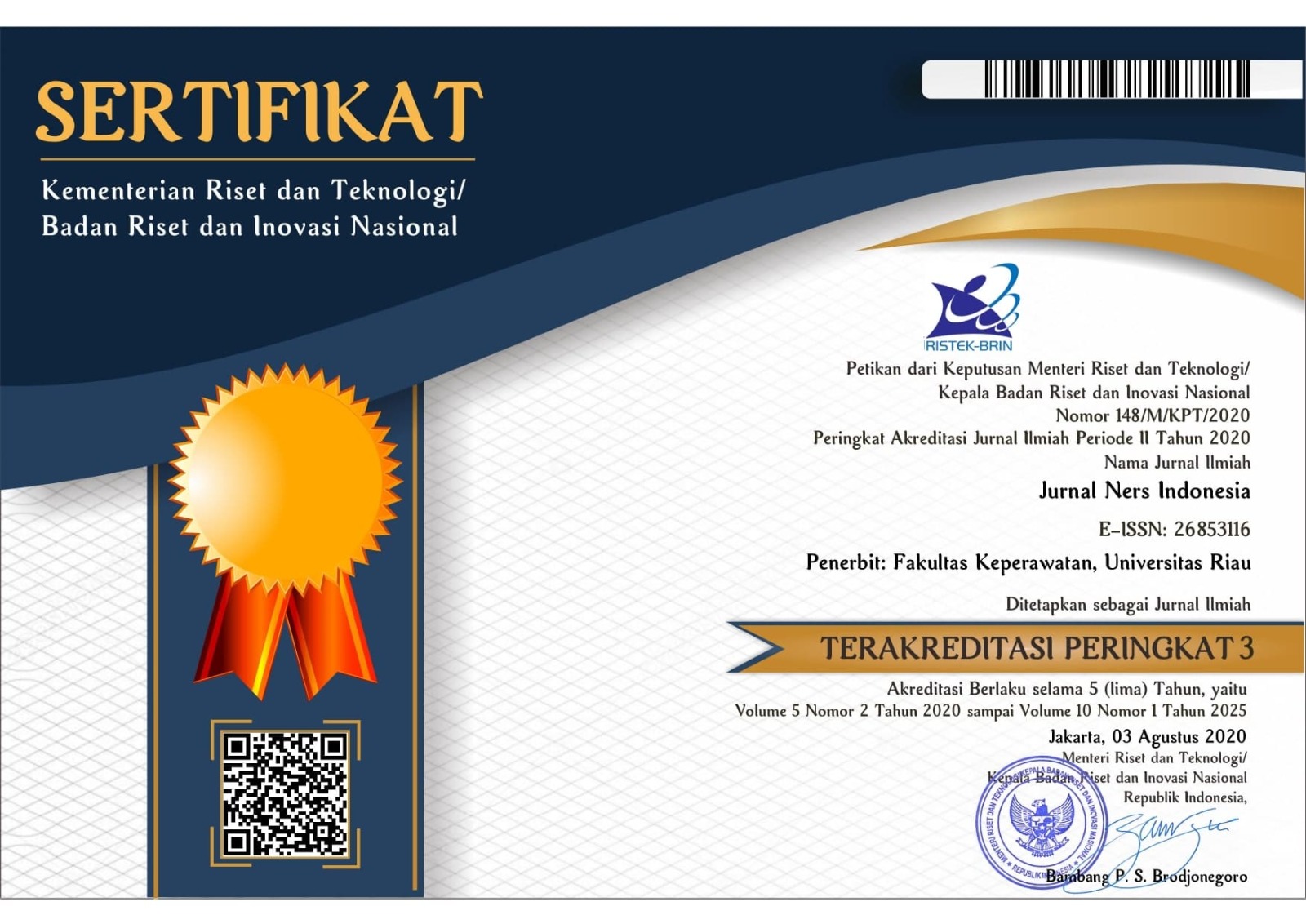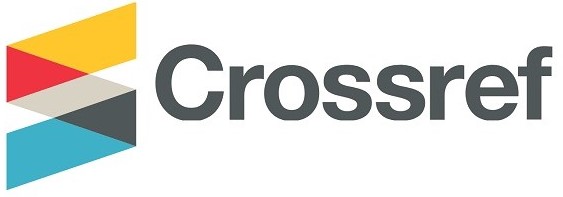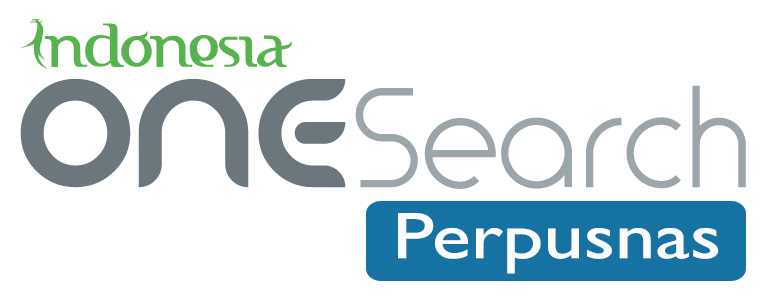PENDIDIKAN KESEHATAN DENGAN MIXED MEDIA EDUCATION INTERVENTION PROGRAM BERPENGARUH TERHADAP PENGETAHUAN DAN SIKAP REMAJA PUTRI TENTANG ANEMIA GIZI BESI
DOI:
https://doi.org/10.31258/jni.14.1.47-60Keywords:
anemia, pendidikan kesehatan, pengetahuan, remaja putri, sikapAbstract
Anemia is one of the health problems that currently occurs in female adolescents. The intervention strategy in managing anemia is not only by giving iron supplements but also can be prevented by providing proper knowledge about healthy diets, and lifestyle changes and informing the adverse effects of iron deficiencies. The purpose of this research was to determine the effects of health education with a mixed media education intervention program on the knowledge and attitude of female adolescents about iron nutritional anemia at Senior High School number 1 of Talamau. The research design was quasi-experimental with a pre-post test with a control group. The 190 sample was taken by using a proportionate stratified random sampling technique and divided equally into intervention and control groups. The research instruments used in this research were valid and reliable knowledge and attitude questionnaires. The results with paired sample T-tests showed that there is an influence of the health education intervention program with the mixed media education intervention on the knowledge (p-value 0.000) and attitude (p-value 0.000) of female adolescents about iron nutritional anemia. It is recommended that Talu Community Health Center workers make the mixed media education intervention program (PowerPoint lectures, video motions, and demonstrations) one of the health education media in an effort to improve the knowledge and attitude of adolescent females related to iron nutritional anemia.
References
Akib, A., & Sumarmi, S. (2017). Kebiasaan Makan Remaja Putri yang Berhubungan dengan Anemia : Kajian Positive Deviance Food Consumption Habits of Female Adolescents Related to Anemia: A Positive Deviance Approach. Amerta Nutrition, 1(2), 105–116. https://doi.org/10.20473/amnt.v1.i2.2017.105-116
Al-Alimi, A. A., Bashanfer, S., & Morish, M. A. (2018). Prevalence of Iron Deficiency Anemia among University Students in Hodeida Province, Yemen. Anemia, 2018. https://doi.org/10.1155/2018/4157876
Al, M. Sn. E. et. (2008). Pencegahan dan Penanggulangan Anemia Pada Remaja Putri dan Wanita Usia Subur (WUS). 282.
Alhidayati, A., Purba, C. V. G., & Tri, T. M. (2019). Faktor-Faktor Yang Berhubungan Dengan Kejadian Anemia Pada Siswi Sman 1 Tembilahan Hulu Kabupaten Indragiri Hilir. Jurnal Kesehatan Masyarakat & Gizi (Jkg), 1(2), 55–62. https://doi.org/10.35451/jkg.v1i2.161
Badriyah. (2015). Efektifitas Proses Pembelajaran Dengan Pemanfaatan Media Pembelajaran. Jurnal Lentera Komunikasi, 1(1), 21–36.
Bandyopadhyay, L., Maiti, M., Dasgupta, A., & Paul, B. (2017). Intervention for improvement of knowledge on anemia prevention: A school-based study in a rural area of West Bengal. International Journal of Health & Allied Sciences, 6(2), 69–74. https://doi.org/10.4103/ijhas.IJHAS
Chaturvedi, D., Chaudhuri, P. K., Priyanka, ., & Chaudhary, A. K. (2017). Study of correlation between dietary habits and anemia among adolescent girls in Ranchi and its surronding area. International Journal of Contemporary Pediatrics, 4(4), 1165. https://doi.org/10.18203/2349-3291.ijcp20172022
Choi, H. J., Lee, H. J., Jang, H. B., Park, J. Y., Kang, J. H., Park, K. H., & Song, J. (2011). Effects of maternal education on diet, anemia, and iron deficiency in Korean school-aged children. BMC Public Health, 11(1), 870. https://doi.org/10.1186/1471-2458-11-870
Daendels, W., Indonesia, S., Sa, I., Prmono, S. E., & Suharso, R. (2017). Pengembangan Media Video Motion Graphic Sejarah Pemerintahan Herman Willem Daendels (1808-1811) dalam Pembelajaran Sejarah Indonesia Untuk Meningkatkan Minat Belajar Siswa Untuk SMA. Indonesian Journal of History Education, 5(1), 25–31. file:///D:/YUDI JUNAEDI/KULIAH/TUTON/SEMESTER 3/MPDR5300-STUDI MANDIRI SEMPRO/MINAT BELAJAR/19904-Article Text-39018-1-10-20171220.pdf
Dewi, E. R. (2018). Metode Pembelajaran Modern Dan Konvensional Pada Sekolah Menengah Atas. PEMBELAJAR: Jurnal Ilmu Pendidikan, Keguruan, Dan Pembelajaran, 2(1), 44. https://doi.org/10.26858/pembelajar.v2i1.5442
Engidaw, M. T., Wassie, M. M., & Teferra, A. S. (2018). Anemia and associated factors among adolescent girls living in Aw-Barre refugee camp, Somali regional state, Southeast Ethiopia. PLoS ONE, 13(10), 1–12. https://doi.org/10.1371/journal.pone.0205381
Fitriani Dwiana, S., Eko, G. P., & Dkk. (2019). Penyuluhan Anemia Gizi Dengan Media Motion Video Terhadap Pengetahuan Dan Sikap Remaja Putri. Jurnal Kesehatan, 97–104.
Gedefaw, L., Tesfaye, M., Yemane, T., Adisu, W., & Asres, Y. (2015). Anemia and iron deficiency among school adolescents: burden, severity, and determinant factors in southwest Ethiopia. Adolescent Health, Medicine and Therapeutics, 189. https://doi.org/10.2147/ahmt.s94865
Joseph, M. J., & Jaikumar, M. (2018). Effectiveness of Stp on Knowledge and Attitude Regarding Prevention of Iron Deficiency Anemia Among Adolescent Girls. International Journal of Scientific Research, 6(8), 22–23.
Kambarami, R., Schmale, A., & Namaste, S. (2018). Adolescent Nutrition 2000-2017: DHS Data on Adolescents Age 15-19. DHS Comparative Report No. 47, June, 1–75. http://dhsprogram.com/pubs/pdf/CR47/CR47.pdf
Kemenkes RI. (2018). Hasil Riset Kesehatan Dasar Tahun 2018. Kementrian Kesehatan RI, 53(9), 1689–1699.
Koring, M., Richert, J., Lippke, S., Parschau, L., Reuter, T., & Schwarzer, R. (2012). Synergistic effects of planning and self-efficacy on physical activity. Health Education and Behavior, 39(2), 152–158. https://doi.org/10.1177/1090198111417621
M., C., M.H., K., T.A., J., & M.S., H. (2016). The role of health education in cancer prevention: A systematic review. International Journal of Pharmacy and Technology, 8(4), 24082–24099. http://www.embase.com/search/results?subaction=viewrecord&from=export&id=L614119409
Mengistu, G., Azage, M., & Gutema, H. (2019). Iron Deficiency Anemia among In-School Adolescent Girls in Rural Area of Bahir Dar City Administration, North West Ethiopia. Anemia, 2019, 1–9. https://doi.org/10.1155/2019/1097547
More, S., Shivkumar, V. B., Gangane, N., & Shende, S. (2013). Effects of iron deficiency on cognitive function in school going adolescent females in rural area of central India. Anemia, 2013, 1–6. https://doi.org/10.1155/2013/819136
Mowla, H. A., Aljaber, N., Abdel, H., Ahmed, M., Yasein Aljaber, N., Abdel, E., Ahmed, A., Mohamed, L., & Ali, G. (2018). The effect of developing and implementing health education and nutrition training program on self-management practices among patients with iron deficiency anemia. International Journal of Innovative Research in Medical Science (IJIRMS), 03(May 2018). https://doi.org/10.23958/ijirms/vol03-i05/03
Neherta, M., & Nurdin, Y. (2018). The modeling of optimizing the role of mothers as prevention of sexual violence against pre-school children in Batusangkar West Sumatra Indonesia 2017. Indian Journal of Public Health Research and Development, 9(9), 253–258. https://doi.org/10.5958/0976-5506.2018.01005.7
Nguyen, P. H., Young, M., Gonzalez-Casanova, I., Pham, H. Q., Nguyen, H., Truong, T. V., Nguyen, S. V., Harding, K. B., Reinhart, G. A., Martorell, R., & Ramakrishnan, U. (2016). Impact of preconception micronutrient supplementation on anemia and iron status during pregnancy and postpartum: A randomized controlled trial in Rural Vietnam. PLoS ONE, 11(12), 1–16. https://doi.org/10.1371/journal.pone.0167416
Putri, R. D., Simanjuntak, B. Y., & Kusdalinah, K. (2017). Pengetahuan Gizi, Pola Makan, dan Kepatuhan Konsumsi Tablet Tambah Darah dengan Kejadian Anemia Remaja Putri. Jurnal Kesehatan, 8(3), 404. https://doi.org/10.26630/jk.v8i3.626
Putri, Y. D. R. (2017). Pembuatan motion graphics sebagai sedia sosialisasi & promosi untuk aplikasi mobile trading online mandiri sekuritas. KOPERTIP : Jurnal Ilmiah Manajemen Informatika Dan Komputer, 1(2), 85–92.
Sari, N. W. (2019). Faktor Kejadian Anemia pada Remaja Putri di MTSN Talawi Kota Sawahluto. Jurnal Penelitian Dan Kajian Ilmu, XIII(4), 70–76. https://jurnal.umsb.ac.id/index.php/menarailmu/article/view/1310
Shigli, K., Agrawal, N., Nair, C., Sajjan, S., Kakodkar, P., & Hebbal, M. (2016). Use of PowerPoint presentation as a teaching tool for undergraduate students in the subject of gerodontology. Journal of Indian Prosthodontist Society, 16(2), 187–192. https://doi.org/10.4103/0972-4052.167940
Singh, M., Honnakamble, R. A., & Rajoura, O. P. (2019). Knowledge, Attitude and Practice Change about Anemia after Intensive Health Education among Adolescent School Girls of Delhi: An Intervention Study. International Journal of Medicine and Public Health, 9(3), 71–73. https://doi.org/10.5530/ijmedph.2019.3.18
Sriningrat, I. G. A. A., Yuliyatni, P. C. D., & Ani, L. S. (2019). Prevalensi anemia pada remaja putri. E-Jurnal Medika, 8(2), 6. https://ojs.unud.ac.id/index.php/eum/article/view/46954
Srivastava, A., Kumar, R., & Sharma, M. (2016). Nutritional anaemia in adolescent girls: an epidemiological study. International Journal of Community Medicine and Public Health, 3(4), 808–812. https://doi.org/10.18203/2394-6040.ijcmph20160687
Susheela, A. K., Gupta, R., & Mondal, N. K. (2016). Anaemia in adolescent girls: An intervention of diet editing and counselling. National Medical Journal of India, 29(4), 200–204.
Tampubolon, N. R., & Siregar, M. A. (2022). Edukasi Asupan Zat Besi Pada Remaja Menuju Zero Stunting Di Sma Swasta Amanah Tahfidz, Kabupaten Deli Serdang. Jurnal Kreativitas Pengabdian Kepada Masyarakat, 5(3), 759–764. https://doi.org/https://doi.org/10.33024/jkpm.v5i3.5671
Teji, K., Dessie, Y., Assebe, T., & Abdo, M. (2016). Anaemia and nutritional status of adolescent girls in Babile District, Eastern Ethiopia. Pan African Medical Journal, 24, 1–10. https://doi.org/10.11604/pamj.2016.24.62.6949
WHO. (2021). WHO Global Anaemia estimates, 2021 Edition Global anaemia estimates in women of reproductive age, by pregnancy status, and in children aged 6-59 months.
WHO. (2022). Prevalence of anaemia in women of reproductive age (aged 15-49) (%). https://www.who.int/data/gho/data/indicators/indicator-details/GHO/prevalence-of-anaemia-in-women-of-reproductive-age-(-)
Wijayanti, T., Isnani, T., & Kesuma, A. P. (2016). Pengaruh Penyuluhan (Ceramah dengan Power Point) terhadap Pengetahuan tentang Leptospirosis di Kecamatan Tembalang, Kota Semarang Jawa Tengah. Balaba: Jurnal Litbang Pengendalian Penyakit Bersumber Binatang Banjarnegara, 12(1), 39–46. https://doi.org/10.22435/blb.v12i1.4621.39-46
Xiong, P., Zhang, J., Wang, X., Wu, T. L., & Hall, B. J. (2017). Effects of a mixed media education intervention program on increasing knowledge, attitude, and compliance with standard precautions among nursing students: A randomized controlled trial. American Journal of Infection Control, 45(4), 389–395. https://doi.org/10.1016/j.ajic.2016.11.006
Downloads
Published
How to Cite
Issue
Section
License
Copyright (c) 2023 Syeptri Agiani Putri, Meri Neherta, Lili Fajria

This work is licensed under a Creative Commons Attribution 4.0 International License.











